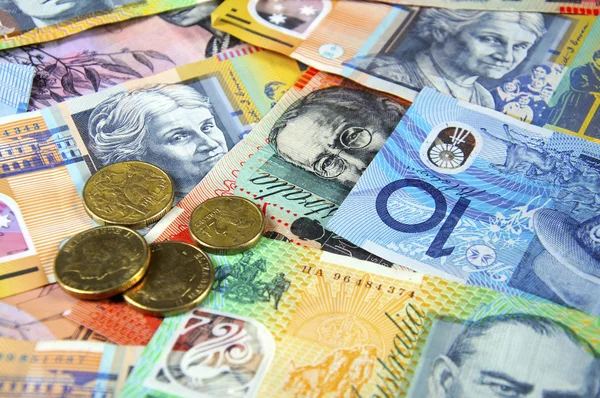Australian dollar may prolong its gains as a result of RBA Governor Bullock’s hawkish tone.
As the US Dollar recovers recent losses on Friday, the Australian Dollar (AUD) struggles to maintain its gains. However, due to the closure of US markets for Thanksgiving, the US Dollar (USD) fell slightly on Thursday in a low-volume session.
Despite Australian PMI hitting multi-month lows, the Australian dollar is gaining strength. This may be ascribed to in response to Reserve Bank of Australia (RBA) Governor Michele Bullock’s hawkish remarks. Bullock emphasized that internal forces, particularly demand, are increasingly fueling the inflation crisis. Emphasizing that tighter monetary policy is the appropriate reaction to demand-driven inflation.
Despite the improvement in US Treasury yields, the US Dollar Index (DXY) appears to be on a downward trend. The increased chance that the Federal Reserve (Fed) would not raise interest rates further adds to the risk-on factor, which may be eroding the Greenback as market dynamics respond to changing expectations about Fed policy.
The US S&P Global PMI figures are anticipated to be issued on Friday, with a modest fall in the Services sector from 50.6 to 50.4 forecast. Manufacturing fell from 50.0 to 49.8 percent.
Daily Digest Market Movers: The Australian dollar gains ground on the back of the RBA’s hawkish tone and lower prospects for Fed rate hikes.
The preliminary Judo Bank Manufacturing PMI (MoM) fell to 47.7 in November from 48.2 the previous month. The Judo Bank Services PMI fell to 46.3 from 47.9 previously, and the Composite PMI fell to 46.4 from 47.6 previously.
RBA Governor Michele Bullock stated that prices for most products and services are rising rapidly, and service costs are rising due to high demand. The RBA’s contact with enterprises indicates that domestic cost pressures are continuing, despite high capacity utilization and a tight labor market.
Domestic demand, according to Australia’s chief policymaker, is fueling the inflation crisis.
The National Australia Bank (NAB) forecasts another RBA rate hike, this time at the end of the year. the summit in February 2024.
According to the minutes of the RBA meeting, the board recognized a “credible case” against a quick rate hike, but regarded the case for tightening stronger due to heightened inflation risks. The choice to tighten further would be based on statistics and risk assessment.
The RBA’s minutes also emphasized the significance of avoiding even a minor rise in inflation expectations. Board projections projected one or two more rate hikes, and growing house prices signaled that policy might not be excessively restrictive.
According to meeting minutes, members of the Federal Open Market Committee (FOMC) would consider tightening monetary policy further if incoming data indicated inadequate progress toward the Committee’s inflation target.
Members of the FOMC unanimously agree that policy should remain tight for some time until there is and long-term evidence of inflation falling toward the Committee’s target.
Initial Claims in the United States fell more than predicted in the week ending November 17, falling to 209K from 233K.
Durable Goods Orders in the United States decreased 5.4% in October, above the forecast 3.1% drop.
The November University of Michigan Consumer Sentiment Index in the United States was 61.3, compared to the predicted reading of 60.5.









